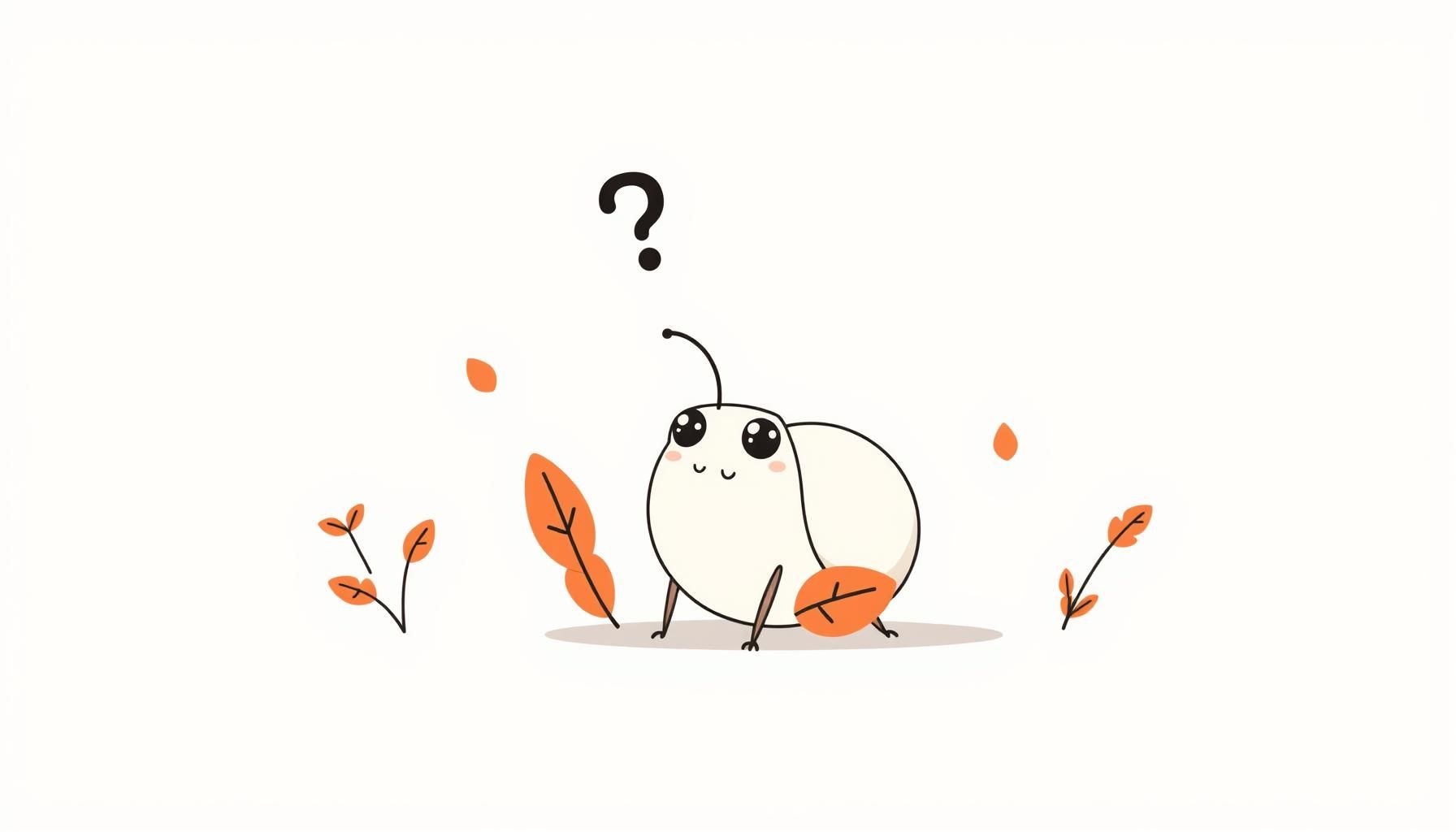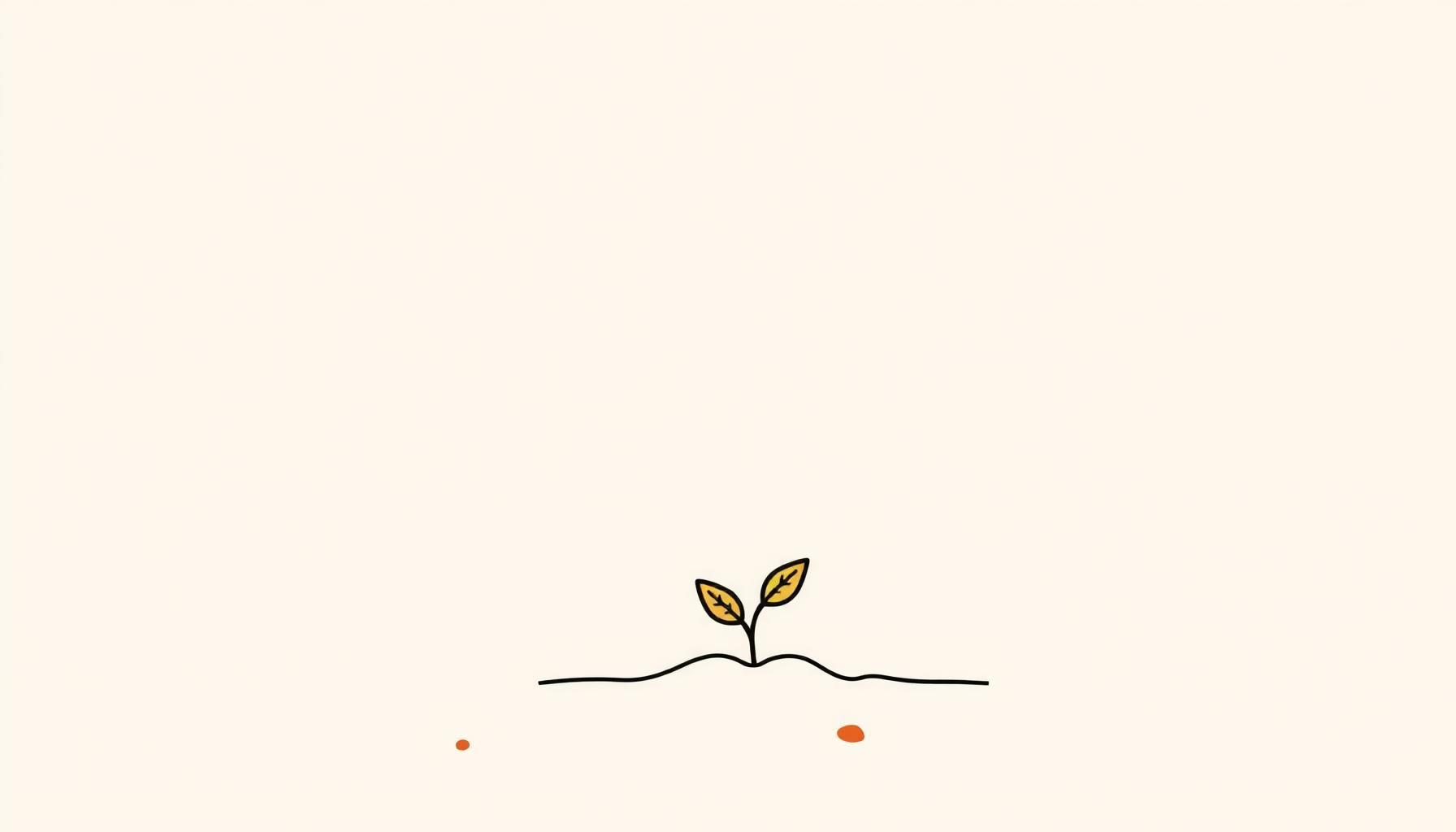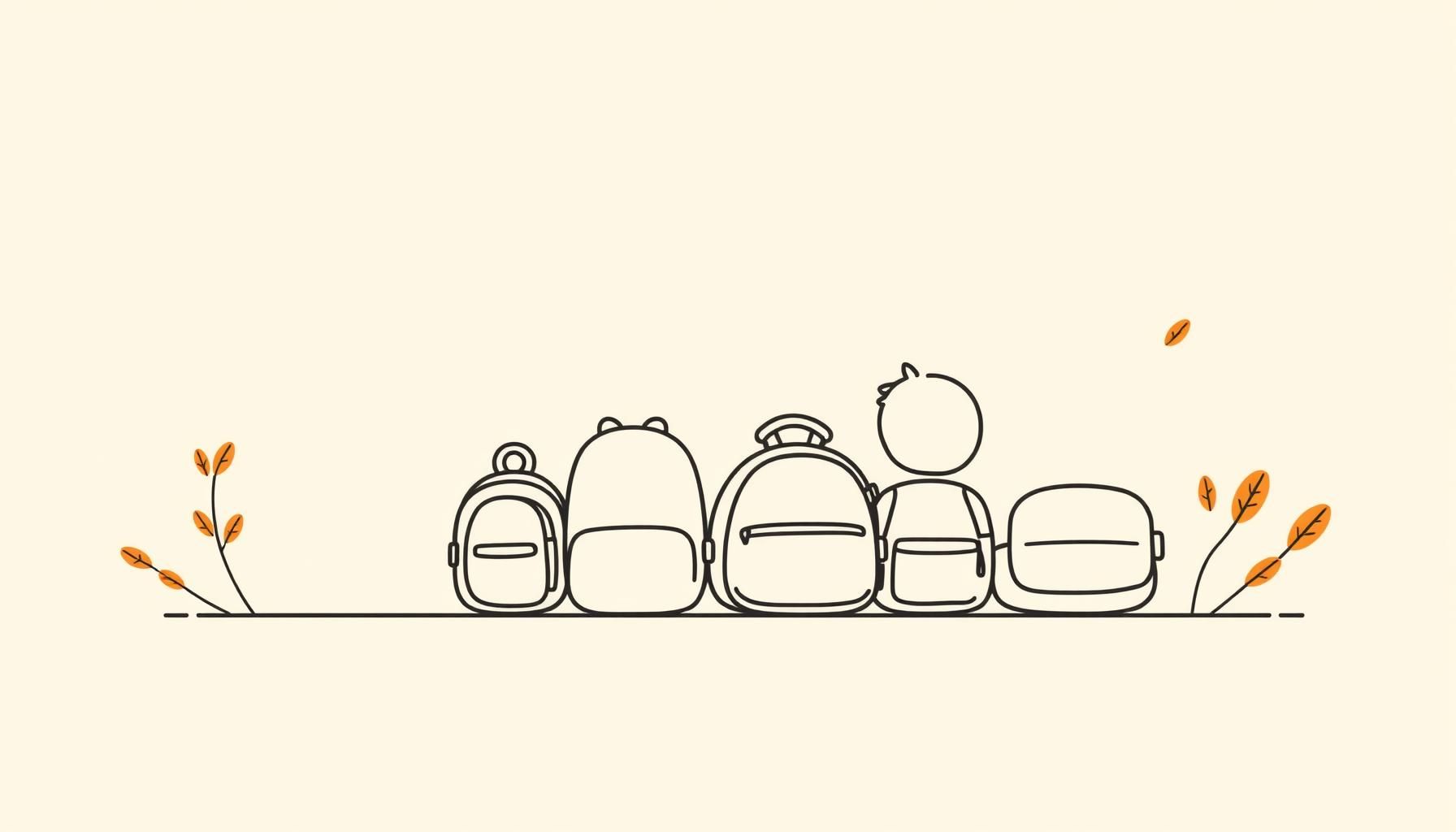
A child’s curiosity is boundless, just like the world of possibilities ahead.
Ever watched a 7-year-old’s eyes light up when they discover something new? That spark of curiosity is pure magic! Vinod Khosla believes curiosity is the spark that drives innovation. As a dad who loves turning everyday moments into learning adventures, I see how his insights can help us guide our little ones through the digital age. Let’s dive into how we can inspire our children to embrace curiosity and thrive in a world that’s changing faster than ever!
The Power of Curiosity

Curiosity is the engine of discovery, driving kids to explore and learn.
Vinod Khosla believes curiosity is the spark that drives innovation. It’s like when a child stumbles upon a bug in the backyard and suddenly becomes a junior entomologist, asking a million questions. That’s the spirit we want to nurture! Khosla emphasizes that kids should be encouraged to ask ‘why’ and ‘how’ constantly. So, how can we, as parents, create an environment that fuels this natural curiosity? Maybe it’s as simple as setting aside time each day for exploration, whether it’s a nature walk, a science experiment, or even a cooking adventure. The key is to let their interests lead the way and follow their lead with open-ended questions and plenty of encouragement. Remember, every question is a step toward discovery! Building on that idea, let’s make curiosity a daily adventure. It’s amazing how these insights can shape young minds.
Embracing Failure as a Stepping Stone

Failure is not the end but a stepping stone to greater achievements.
One of Khosla’s key messages is that failure is a crucial part of learning. It reminds me of the time my daughter tried to build a pillow fort that collapsed into a giggly heap. Instead of frustration, there was laughter and a determination to try again. This is the mindset we want to cultivate. When kids face challenges, whether it’s a tricky math problem or a wobbly bike ride, we should encourage them to see it as a chance to learn and grow. Sharing stories of our own failures and how we overcame them can make a big difference. It shows them that setbacks are just part of the journey and that resilience is a superpower! This got me thinking about how we can make learning even more exciting for our kids. How do you handle your child’s failures?
Balancing Tech and Play

Technology should enhance, not replace, the joy of hands-on exploration.
In today’s digital world, finding the right balance between screen time and real-world play is a big challenge. Vinod Khosla suggests that technology should be a tool for exploration, not a replacement for hands-on experiences. Think of it like a magical map that points to hidden treasures. It’s useful, but not the adventure itself. So, how can we ensure a balanced approach? Maybe it’s using an educational app to learn about dinosaurs before visiting a museum, or coding a simple game together. The goal is to make technology an enriching part of their exploration, not the sole focus. And let’s not forget the power of unplugged play—building, drawing, and imagining are just as important! It’s all about blending the best of both worlds to create a well-rounded learning experience.
Fostering a Growth Mindset

A growth mindset is like a seed that grows with care and patience.
Khosla’s philosophy aligns with the idea of a growth mindset—believing that abilities can be developed through dedication and hard work. It’s like planting a seed and watching it grow with care and patience. As parents, we can foster this mindset by praising effort rather than just results. Instead of saying ‘You’re so smart,’ try ‘I love how you kept trying!’ This shift in language can make a world of difference. Encourage your child to take on new challenges, even if they’re not perfect at first. Every attempt is a step forward, and every small victory is worth celebrating. With a growth mindset, our kids will be better equipped to tackle whatever comes their way!
Building a Community of Learners

Learning together makes the journey more enjoyable and meaningful.
Vinod Khosla also highlights the importance of community in learning. Just like how family dinners bring us together to share stories and ideas, creating a supportive learning community can inspire our kids. This could mean connecting with other parents, joining local groups, or even virtual communities focused on shared interests. When kids see others exploring and learning, it fuels their own curiosity. Let’s create opportunities for them to collaborate, share, and grow together. Whether it’s a group project, a science fair, or a simple playdate with a learning twist, community makes the journey more enjoyable and meaningful. Together, we can nurture a generation of curious, resilient learners!
Source: Taiwan cultivates young overseas chip talent with summer camps, university courses, Yahoo Finance, 2025-08-04
